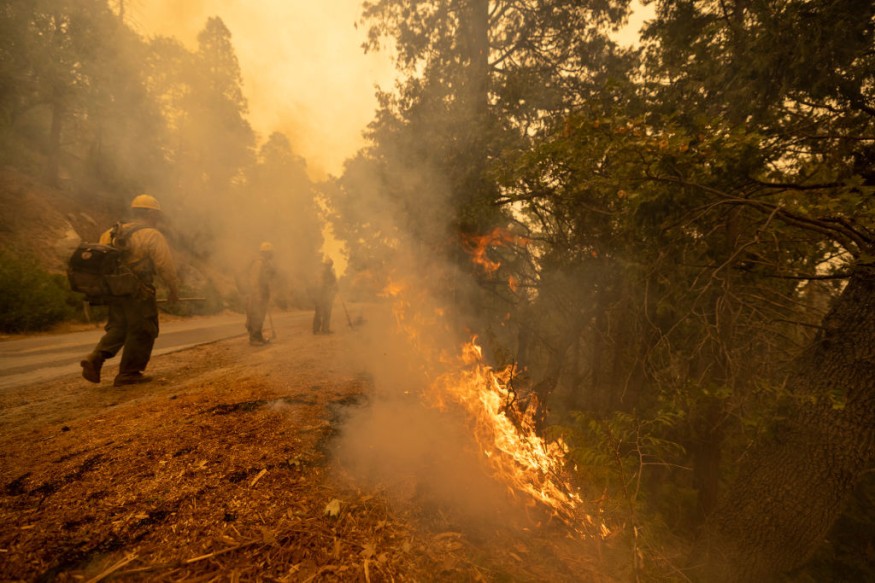The US wildfires are becoming larger and more frequent in the last 20 years, and researchers are alarmed that climate change may have triggered extreme fire events, according to a new study.
Researchers from the University of Colorado Boulder collected fire data from previous decades to discover it.
The research team collected fire data since the 1980s containing satellite images, showing that the occurrence, intensity, and coverage of wildfires have increased across the US, notably in the Great Plains, West Coast, and East Coast.
Other areas have also shown increased wildfire risks.
The University of Colorado Boulder study claimed that the increasing wildfire risks are challenging the efforts against the suppression of these fires.
Moreover, the threat posed by climate change and global warming indicates US wildfires will continue to increase and intensify in the next few years.
US Wildfires

The effects of global warming worldwide have led to more extreme fires. In the US, wildfires in some regions have quadrupled in size and tripled in frequency since 2000, according to the new study published in the journal Science Advances on Wednesday, March 16.
The University of Colorado Boulder researchers has observed that the most extreme cases of wildfires today are larger, more frequent, and overlap with other extreme wildfires across the US.
The research team is also alarmed that climate change is contributing to the worsening of wildfire conditions.
The team highlighted climate change and global warming are making some US regions more prone to wildfires due to critical fire weather conditions.
hFurther, the researchers have highlighted changes in climate, ignition, and fuel will further trigger wildfires in the future, especially during the wildfire season.
Fire weather is a meteorological gauge, such as certain climatical elements like humidity, wind speed, and soil moisture that determines conditions favorable to fire growth and smoke dispersal, according to the National Oceanic and Atmospheric Administration (NOAA) - National Weather Service (NWS).
Decades Worth of Fire Data
The researchers collected fire data containing approximately 28,000 cases of wildfires between 1984 and 2018 from the US multi-agency program Monitoring Trends in Burn Severity (MTBS).
The data was only released in September 2020.
Due to the more frequent and worsening magnitude of US wildfires, millions of Americans are under threat; including their health, lives, and homes, according to Virginia Iglesias, one of the authors of the study from the University of Colorado Boulder, as cited by CBS News.
Wildfire Season
The attribution of climate change being linked to worsening natural phenomena, including storms, is not new.
In fact, climate change due to greenhouse gas emissions has evidently increased dry weather conditions, the wildfire season, and drought, as per the Center for Climate and Energy Solutions (C2ES).
The University of Colorado Boulder study confirmed the effects of climate change on the more frequent and growing US wildfires. For this reason, it is plausible that wildfires in some US regions will continue to increase in size, frequency, and intensity in the next few years, notably during the wildfire season.
© 2025 NatureWorldNews.com All rights reserved. Do not reproduce without permission.





